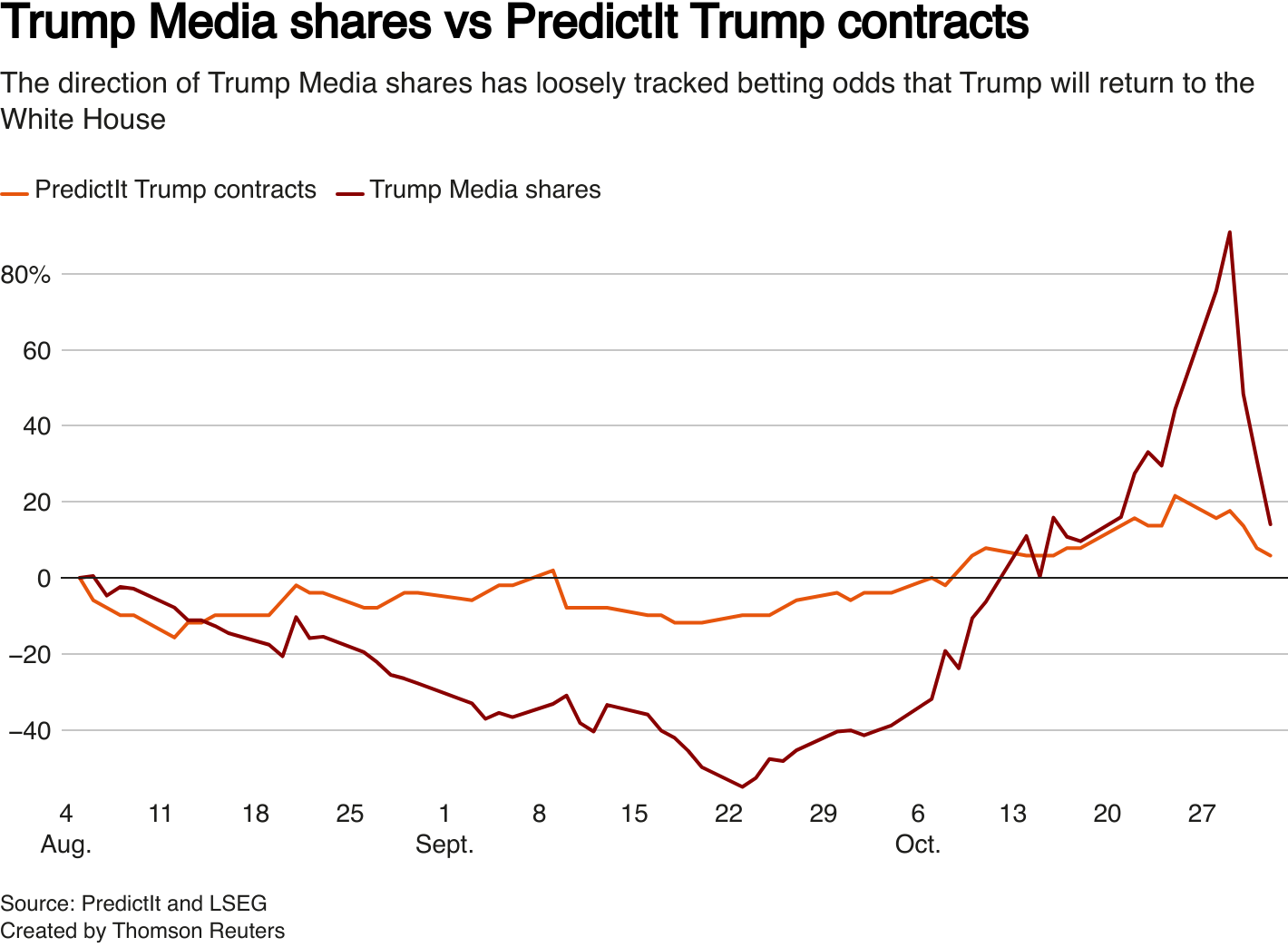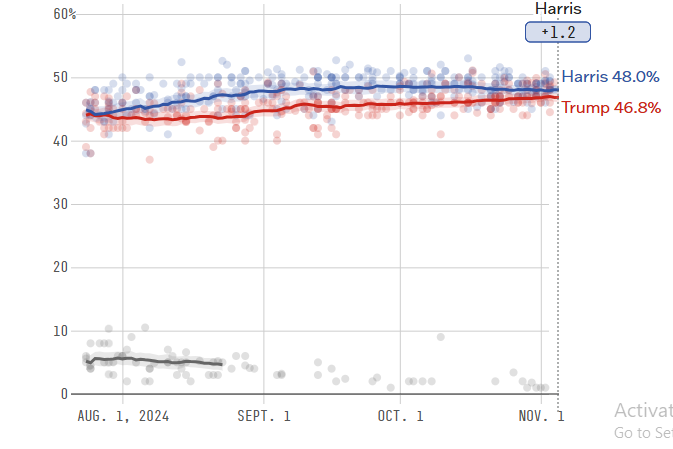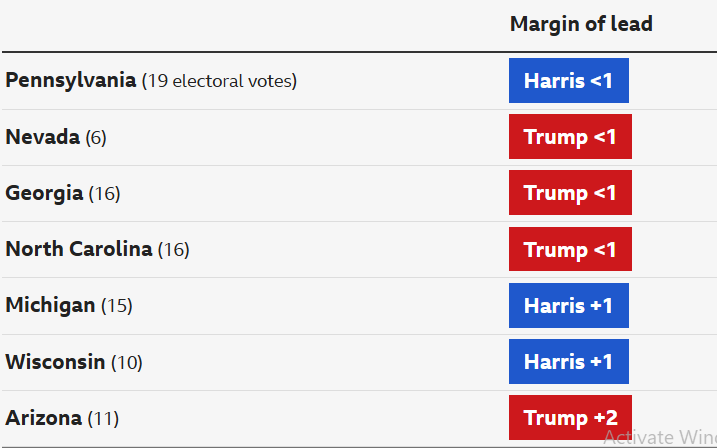TRUMP WON

The tradition of holding U.S. Election Day on a Tuesday in November has deep historical roots, primarily shaped by the needs of 19th-century farmers. Established by Congress in 1845, the formula for Election Day—"the Tuesday following the first Monday in November"—was designed to ensure that agricultural workers could participate in elections without disrupting their harvest schedules or religious practices.
November's selection as Election Day was a strategic decision that balanced multiple factors in 19th-century America. The timing allowed farmers, who made up the majority of the workforce, to vote after the harvest season but before harsh winter weather set in1. This choice ensured maximum participation without disrupting the agricultural calendar that was crucial to the nation's economy.
- Harvest typically concluded by early November, freeing farmers to travel to polling places.
- The weather was generally still mild enough for travel, avoiding potential snowstorms that could impede voter turnout2.
- November fell after the busy planting and harvesting seasons but before the onset of winter, making it an ideal time for civic engagement
In the mid-1800s, the majority of Americans were engaged in farming. November was selected as it fell after the harvest season, allowing farmers to vote without conflicting with their agricultural duties. This timing also avoided harsh winter weather, which could hinder travel to polling places.
Many voters lived in rural areas and needed time to travel to polling stations, often requiring a full day of travel. Therefore, holding elections on a Tuesday allowed voters to travel on Monday without conflicting with Sunday church services, which were widely observed.
Wednesday was typically market day for farmers, making it impractical for voting. Thus, Tuesday emerged as the most logical choice for Election Day, allowing farmers to participate without interfering with their weekly routine.
Formula for allocating Day
The Election Day formula, established by the 28th Congress on January 23rd, 1845, created a precise system that continues to govern federal elections today1. Here's a comprehensive breakdown of how it works:
Formula Components
The date must satisfy three key criteria:
- It must be a Tuesday
- It must follow the first Monday of November
- It must fall between November 2 and November 82
Historical Significance
The formula was designed to solve multiple challenges of 19th-century America:
- It provided a 29-day window between Election Day and the first Wednesday in December, when electors formally met2
- It prevented early-voting states from influencing later ones, particularly important after the development of the telegraph in 18442
- Business considerations were addressed by avoiding November 1, when merchants typically did their monthly bookkeeping2
Modern Implementation
Today, this formula determines elections for:
- Presidential elections every four years
- All 435 House seats every two years
- One-third of Senate seats every two years1
State Adoption
While initially established for presidential elections, states gradually aligned their local and state elections with this federal formula, though some variations exist. Louisiana stands as the only exception, holding its general elections on Saturdays.
The establishment of a uniform Election Day in 1845 marked a significant shift in American democracy, addressing the challenges of a rapidly expanding nation. Prior to this legislation, states held elections on different days over a 34-day period, leading to concerns about early results influencing later votes1. This change not only standardized the voting process but also reflected the era's social and economic realities.
The decision to hold elections on a Tuesday in November had far-reaching impacts:
- It accommodated the agricultural rhythms of a predominantly rural society, allowing farmers to participate without sacrificing their livelihoods.
- The chosen date avoided conflicts with religious observances and market days, maximizing voter turnout23.
- It established a consistent framework for national elections, promoting fairness and reducing the potential for electoral manipulation.
- The tradition has persisted despite significant societal changes, sparking ongoing debates about its relevance in modern America.
While the Tuesday voting tradition remains, the expansion of early voting and mail-in ballots in recent years has aimed to increase accessibility and participation in the electoral process.
US ELCETIONS 2024
American voters go to the polls on Tuesday to choose their next president.
US election results are sometimes declared within hours of the polls closing, but this year's tight contest could mean a longer wait.
When is the 2024 presidential election result expected?
Based on the search results, the timing of the 2024 presidential election results could vary significantly:The initial timeline looks like this:
- Polls will begin closing at 6:00 PM EST on Tuesday, November
- The first meaningful results will likely emerge around 7:00 PM EST when Georgia's polls close
- Final polls close at 1:00 AM EST on Wednesday
However, the actual declaration of a winner could take:
- Several hours (election night)
- Days
- Or potentially weeks, depending on how competitive the race is
Key factors affecting the timing:
- The race between Harris and Trump appears very tight in crucial swing states, which could delay results1
- Seven swing states (including Georgia, Michigan, Pennsylvania, and Wisconsin) will likely determine the outcome
- Changes in election administration across various states since 2020 may affect counting speeds
For context, in the 2020 election, the winner wasn't declared until Saturday morning, November 7, four days after Election Day1. However, Michigan has reportedly expedited their vote counting processes, and fewer mail-in ballots are expected compared to 2020, which could speed up the process.
Potential Delay Factors
- Over 100 pre-election lawsuits already filed challenging voter eligibility and rolls
- Close margins in swing states could trigger automatic recounts
- Possible election-related disruptions at polling locations
- Pennsylvania requires an automatic statewide recount if the margin is less than 0.5%
The combination of these factors means results could come on election night, but may take days or weeks if the race is particularly close in key battleground states3. The reduced number of polling places - down to about 95,000 nationwide from 200,000 in 2018 - could also impact result timing.
What are the swing states to watch and when might they declare?
The 2024 presidential election will hinge on seven critical swing states, with results expected to emerge at different times:
Early Results (7:00-7:30 PM EST)
- Georgia: Polls close at 7:00 PM EST, with approximately 75% of votes expected within two hours
- North Carolina: Closes at 7:30 PM EST, likely to report final results on election night
Mid-Evening Results (8:00-9:00 PM EST)
- Pennsylvania: Most significant with 19 electoral votes, closes at 8:00 PM EST but may take 24+ hours for sufficient results
- Michigan and Wisconsin: Both close at 9:00 PM EST, with results expected by Wednesday
Late Night/Extended Counting
- Arizona: Initial results possible by 10:00 PM EST, but mail-in ballots could take up to 13 days
- Nevada: Results may take several days, accepting mail-in ballots postmarked by election day until November
The race appears extremely tight, with Harris and Trump virtually tied in polling across these battleground states1. Pennsylvania, with its 19 electoral votes, represents the largest prize and could be decisive in determining the winner.
The process of challenging presidential election results involves multiple stages and safeguards. After all valid votes are counted, each state awards its electoral college votes, typically giving all of them to the winner of that state's popular vote. The electoral college members meet on December 17 to formally cast their votes23.A critical date in this process is January 6, when the new Congress meets in a joint session to count and certify the electoral college votes. This certification is typically ceremonial, but as seen in 2020, it can become contentious.
Any formal challenges to election results must be resolved before this congressional certification3.States have their own processes for handling election disputes, including automatic recounts when margins are extremely close. Legal challenges can be filed in state or federal courts, but they must present specific evidence of irregularities that could affect the outcome.
The electoral college system requires 270 votes to win the presidency. While a candidate can win the presidency without winning the popular vote, once the electoral college votes are certified by Congress, the result is final. The new president takes the oath of office on January 20th, regardless of any lingering disputes.
To maintain election integrity, states have established procedures for vote counting, certification, and dispute resolution. These processes must be completed within strict legal timeframes to ensure a peaceful transfer of power to biden.
What happens if there is a tie?
It is possible that the two candidates could end up in a tie because they have the same number of electoral college votes – 269 each.
In that situation, members of the House of Representatives - the lower chamber of the US Congress - would vote to choose the president in a process known as a contingent election.
Based on the latest polling data and campaign developments, here's the current state of the Trump-Harris race:
Current Polling Status
- The race remains extremely tight with polls showing a nail-biting conclusion ahead1
- Harris leads slightly in Nevada, North Carolina, and Wisconsin
- Trump maintains his lead in Arizona
- Michigan, Georgia, and Pennsylvania show both candidates in a virtual tie1
Key Battleground States
- Seven swing states will likely determine the outcome:
- Georgia
- North Carolina
- Pennsylvania (19 electoral votes - largest prize)
- Michigan
- Wisconsin
- Arizona
- Nevada
Latest Developments
- Late-deciding voters appear to be breaking for Harris (55% vs 44% for Trump)1
- About 11% of voters remain undecided or open to persuasion, down from 16% a month ago1
- Both candidates conducted final campaign rallies in crucial states - Harris in Pennsylvania and Trump in Michigan2
Path to Victory
- Both candidates need 270 electoral votes to win3
- The race remains so close that even minor polling errors could significantly impact the outcome1
- Over 74 million votes have already been cast nationwide through early voting and mail-in ballots
Trump vs harris

Who is leading national polls?
Harris has had a small lead over Trump in the national polling averages since she entered the race at the end of July and she remains ahead - as shown in the chart below with the latest figures rounded to the nearest whole number.

https://projects.fivethirtyeight.com/polls/president-general/2024/national/

INVESTMENT OPPORTUNITY
Donald Trump launched his family’s cryptocurrency venture, World Liberty Financial, on a livestreamed interview on the social media platform X on Monday. The Republican presidential nominee gave few details about the venture but did offer his first public comments on the apparent assassination attempt against him a day earlier.
Trump did not discuss specifics about World Liberty Financial on Monday or how it would work, pivoting from questions about cryptocurrency to talking about artificial intelligence and other topics. Instead, he recounted his experience on Sunday, saying he and a friend playing golf “heard shots being fired in the air, and I guess probably four or five.
“I would have loved to have sank that last putt,” Trump continued. He credited the Secret Service agent who spotted the barrel of a rifle and began firing toward it as well as law enforcement and a civilian who he said helped track down the suspect.